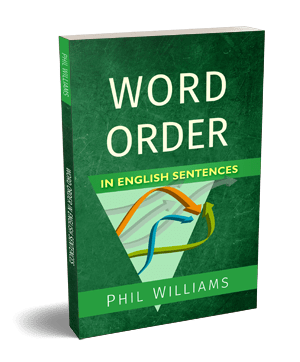
To give a little structure to the different
examples of past tenses uses I’ve highlighted in some of my narrative articles, here’s a quick explanation of how the past perfect can be used to create past event sequences (adapted from
The English Tenses Practical Grammar Guide).
How the past perfect is used for sequences
The past perfect usually shows
an event that was completed before another past event. It is therefore often connected to a past simple event, and is commonly used with conjunctions such as
and, that, because, so and
when, or prepositions such as
before and
already.
- I had left my book at home so I did not study in the cafe.
- He had put on too much aftershave before he went out.
- They had brought back so much fish that the whole house stank when we arrived.
In all of these examples, the past perfect event finished before the past simple event.
As is true with other perfect tenses, the past perfect often has a connection to, or impact on, the event that it is linked to. In all of the above examples, the
past perfect affects the past simple event. If it did not have an impact on the following event, we could use the past simple.
- I studied hard and went to lunch. (With no connection between the two.)
- I had studied hard so I passed the exam. (One event influences the other.)
If you said
I studied hard so I went to lunch this creates a connection between the two events; in this case, going to lunch is seen as a result of studying hard, perhaps as a reward.
Note, however, that creating sequences in the past can enjoy an element of flexibility. This is often a matter of style, as I hope my various
comparative narrative uses examples have demonstrated. In my next grammar article, I will show how the past perfect can be used more specifically in building a narrative.
 To give a little structure to the different examples of past tenses uses I’ve highlighted in some of my narrative articles, here’s a quick explanation of how the past perfect can be used to create past event sequences (adapted from The English Tenses Practical Grammar Guide).
To give a little structure to the different examples of past tenses uses I’ve highlighted in some of my narrative articles, here’s a quick explanation of how the past perfect can be used to create past event sequences (adapted from The English Tenses Practical Grammar Guide).







